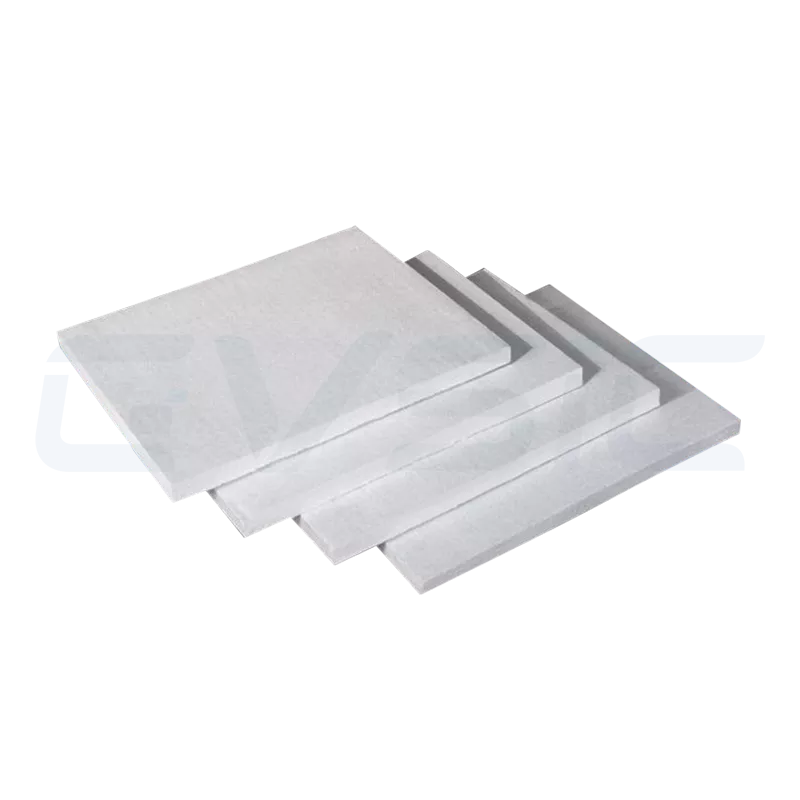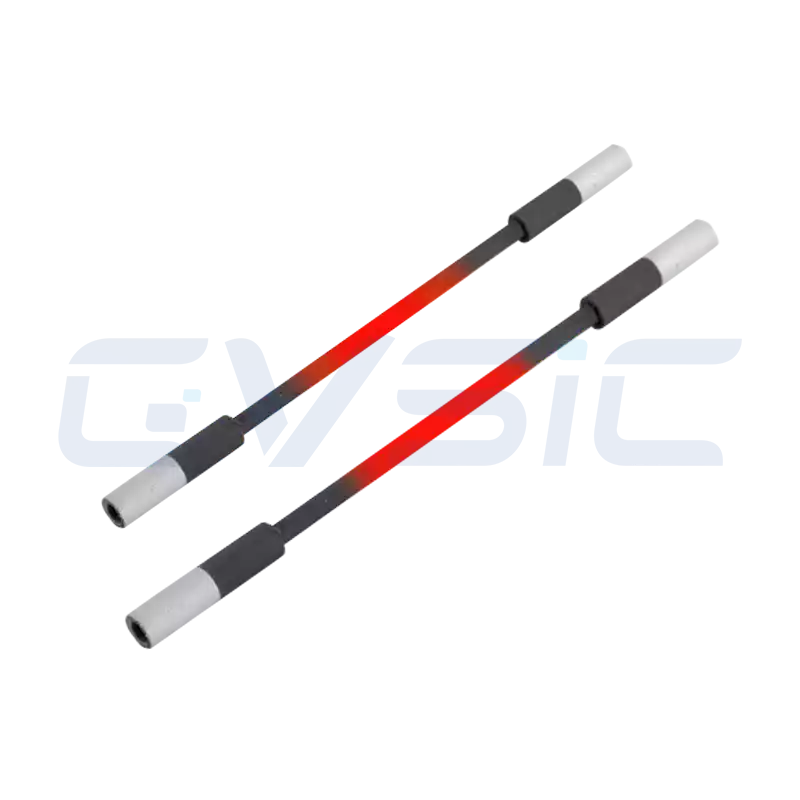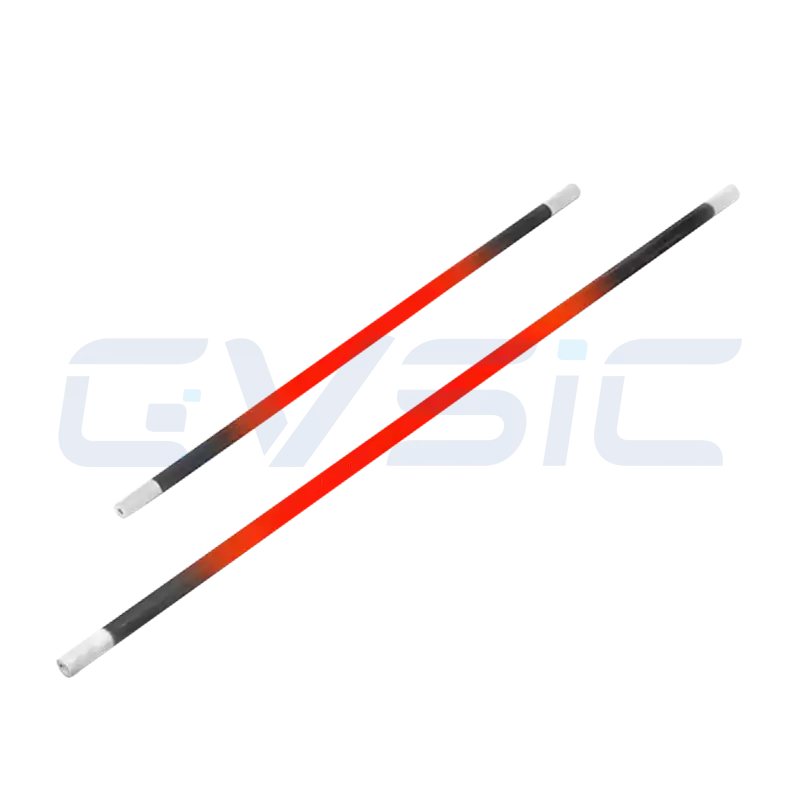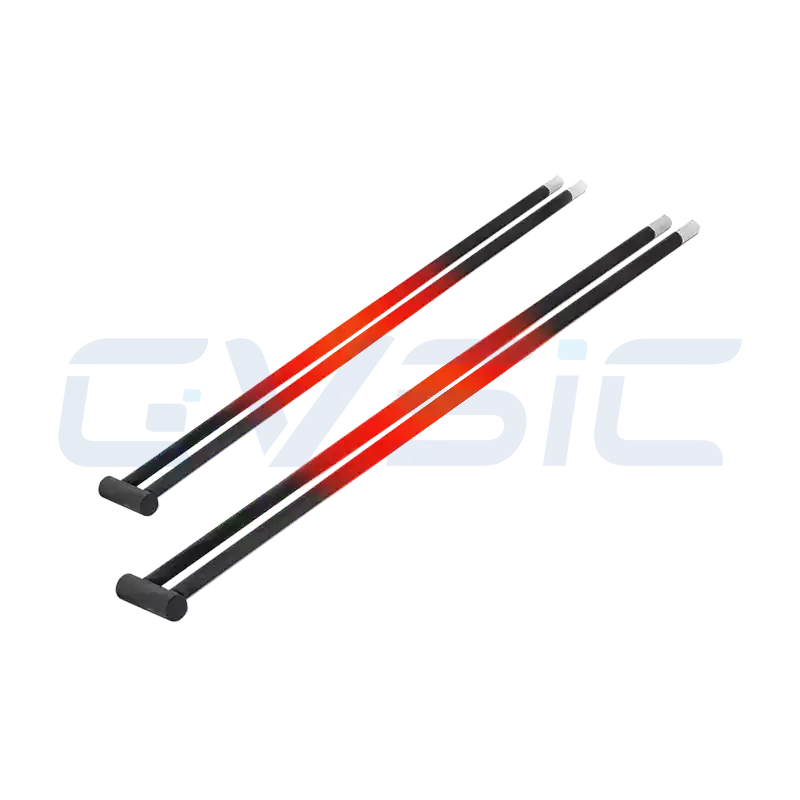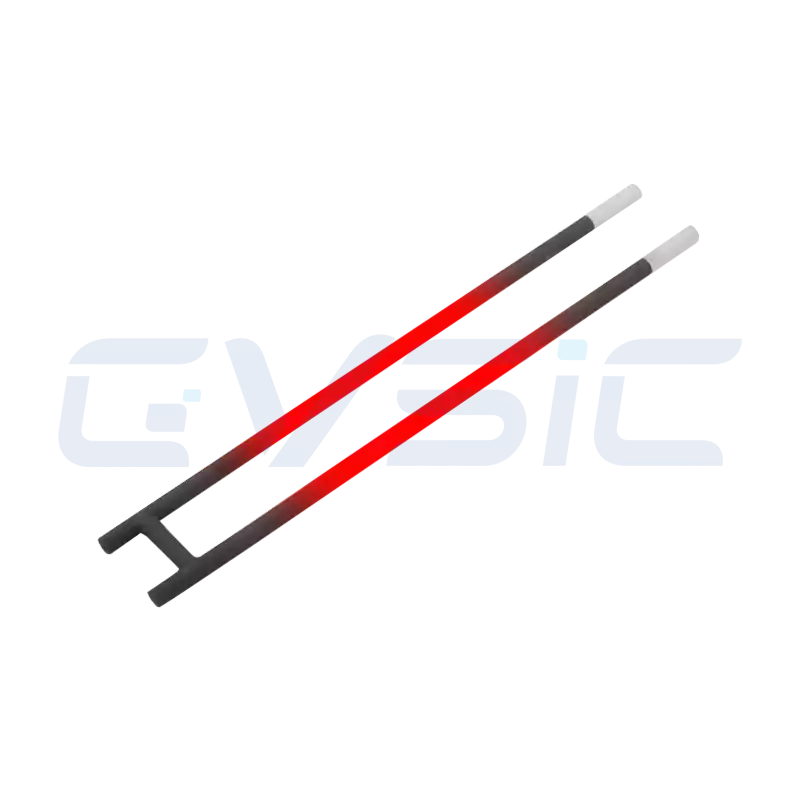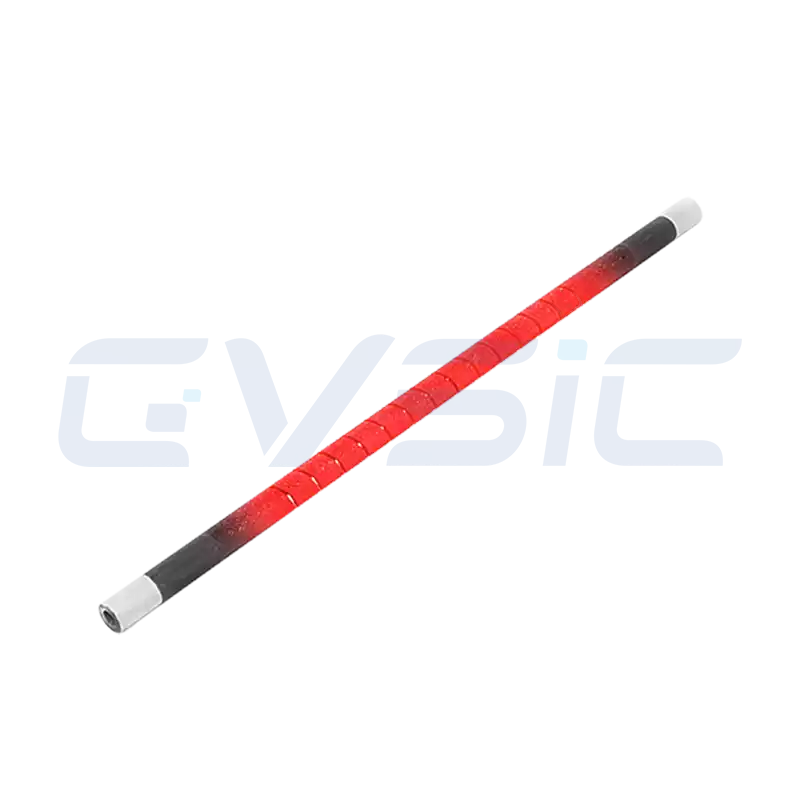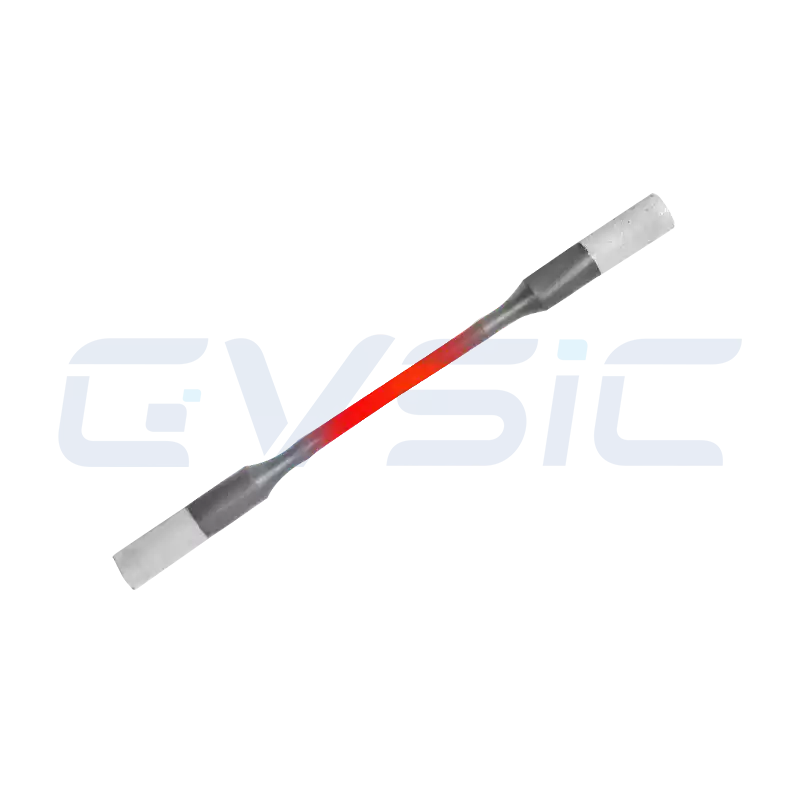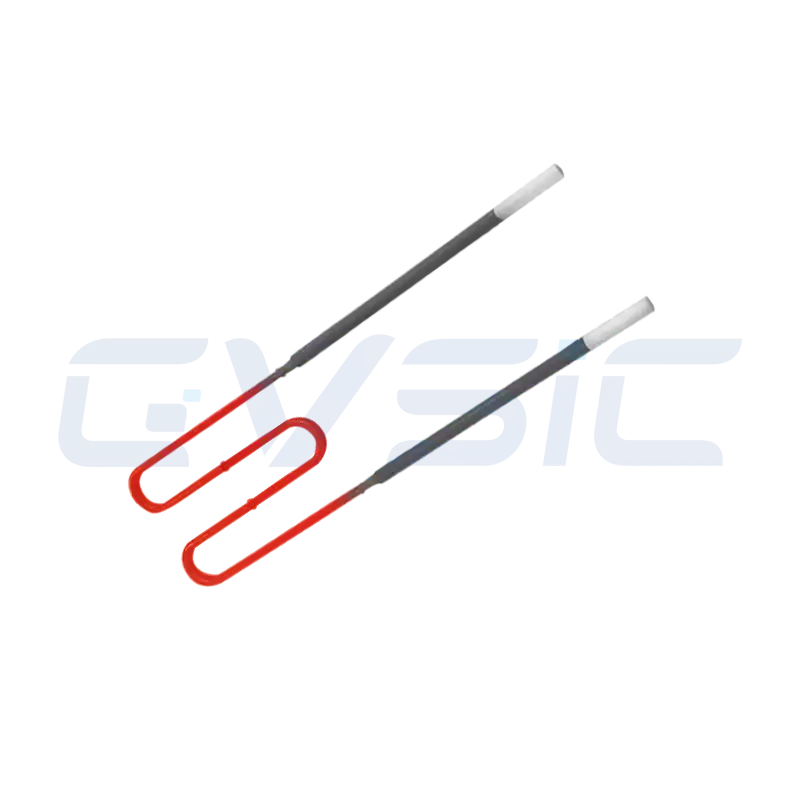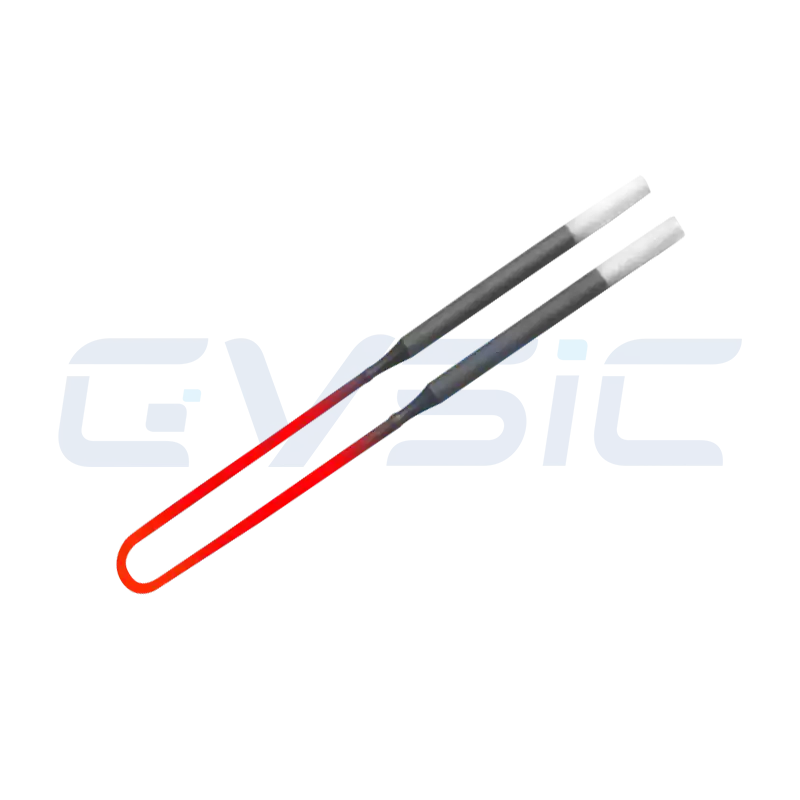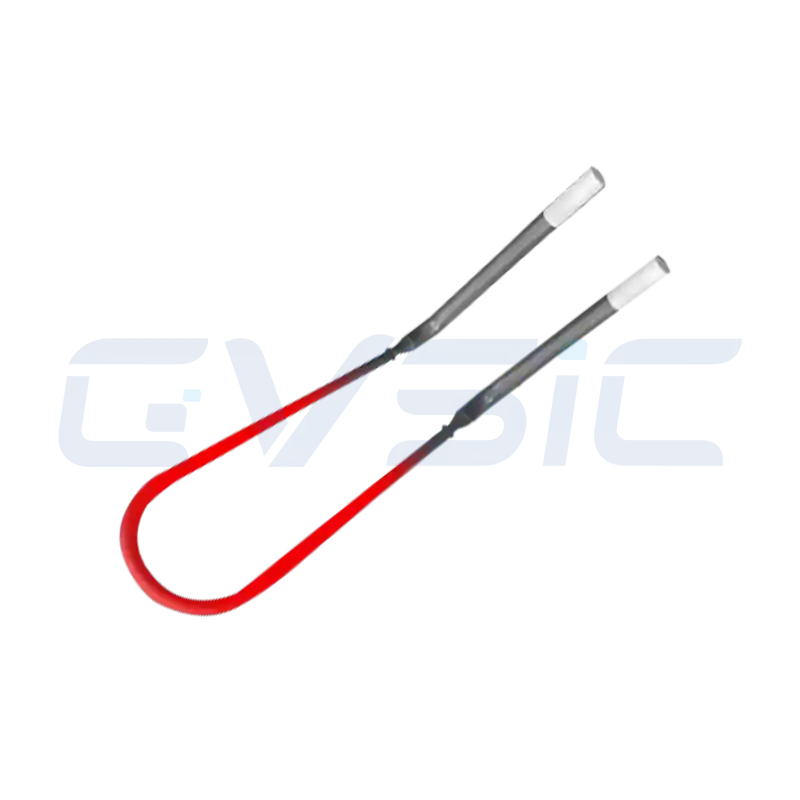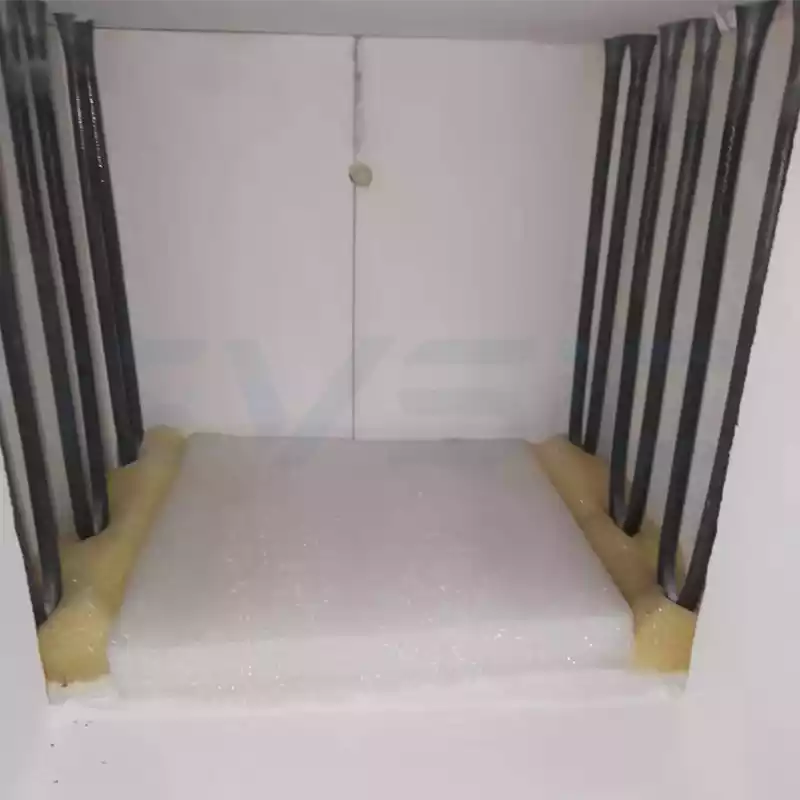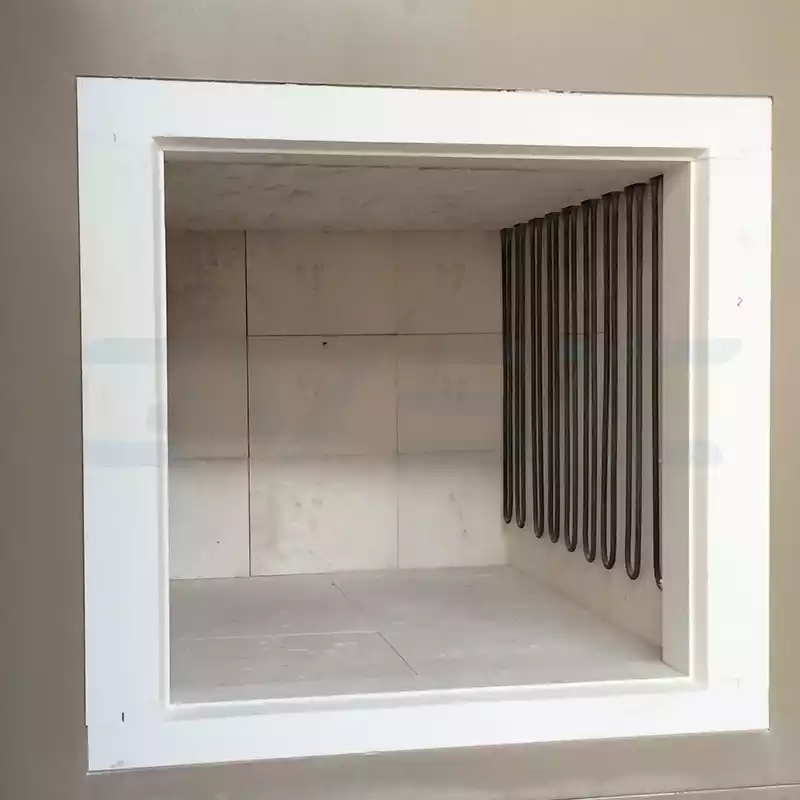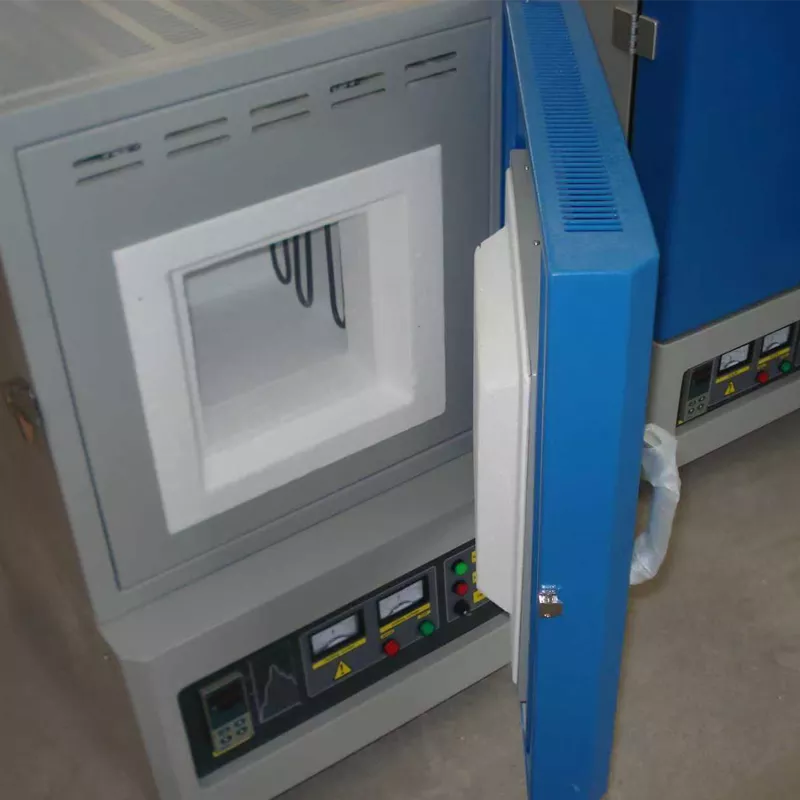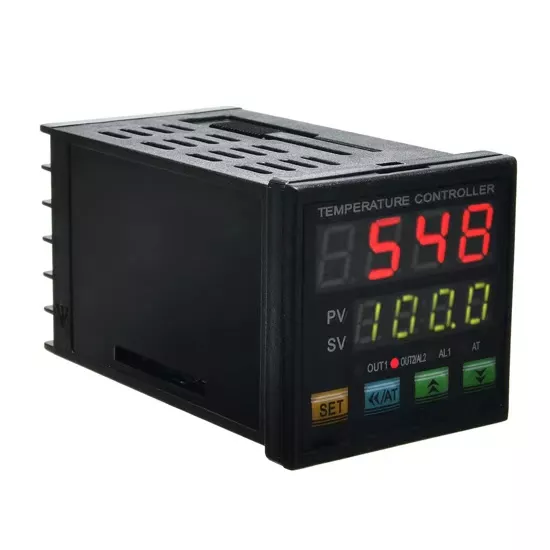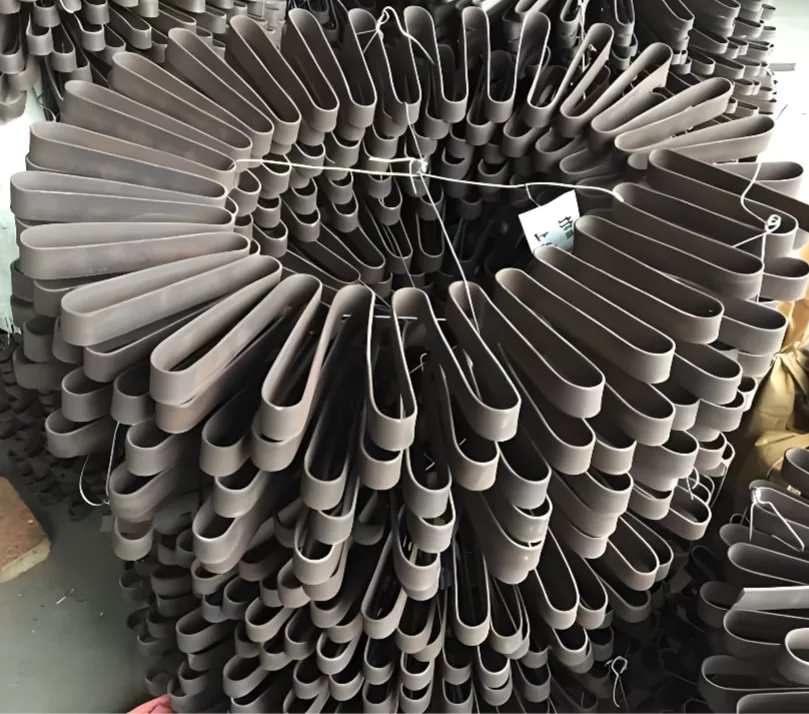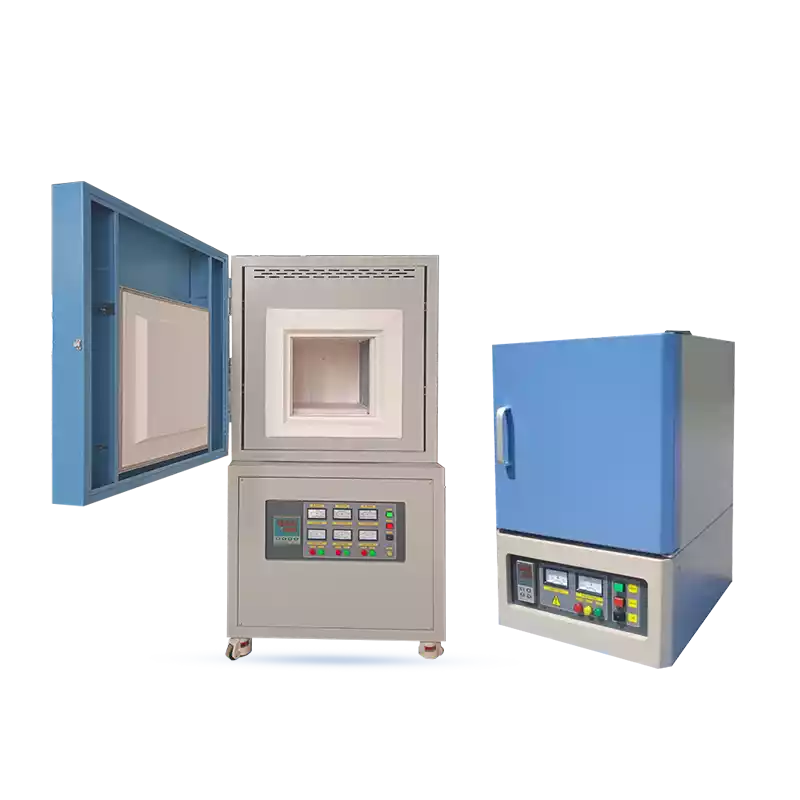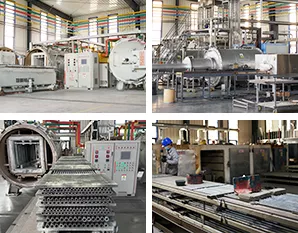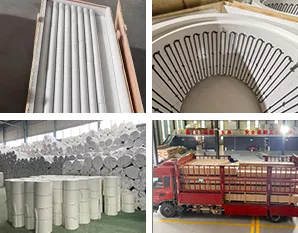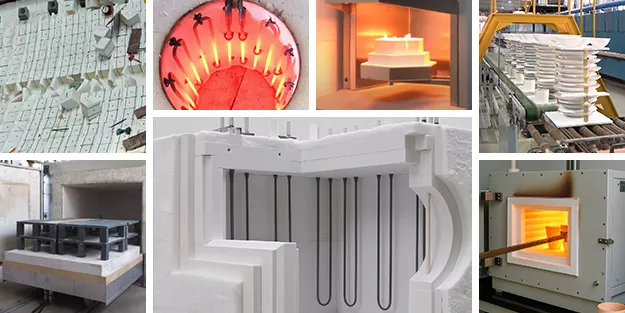In high-temperature engineering, heating elements are the “heart” of furnace and kiln systems—their durability impacts uptime, energy efficiency, and operating costs. As a seasoned high-temperature engineer, I’ve seen straightforward optimizations double element lifespan, cutting expenses, and minimizing downtime.
Common types include resistance wires, silicon carbide heating elements, and molybdenum disilicide heating elements. These are staples in applications like ceramic firing, metallurgical heat treatment, glass melting, and semiconductor fabrication. Yet, they routinely contend with high-temperature oxidation, thermal stress, chemical corrosion, and mechanical deformation.
At CVSIC, we outline tested strategies to extend element life, tailored by shape design for various industries, processes, and kiln setups. Whether you face frequent replacements or uneven heating, these insights will improve reliability and efficiency.
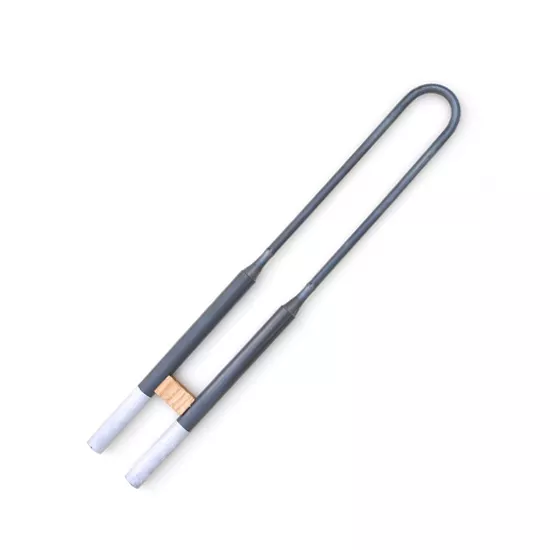
Key Factors Influencing Heating Element Lifespan
Unlocking longer element life starts with grasping failure modes: material degradation, thermal cycling fatigue, contaminant erosion, and mechanical stresses from poor installation.
Shape design guides heat flow, stress points, and exposure. Intricate W-shapes improve thermal radiation efficiency by 20% if matched to your kiln. Helical shapes disperse heat, and rod designs emphasize strength.
Kiln types vary—continuous tunnel kilns demand uniform heating, while batch box furnaces require robust thermal shock resistance. In ceramics, dust corrosion is a prime concern; in metallurgy, reducing atmospheres take center stage.
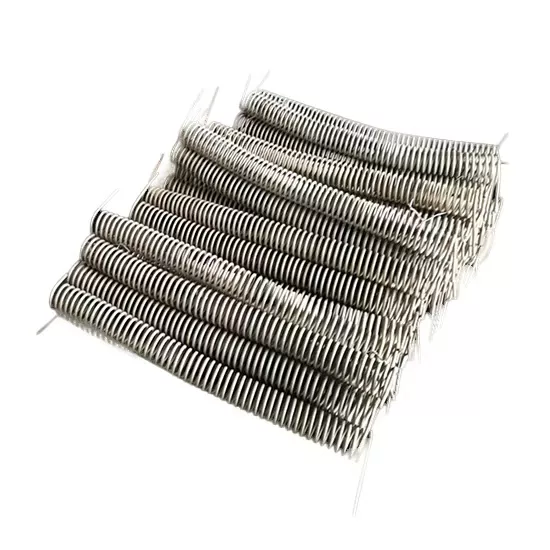
Strategies to Extend Resistance Wire Heating Element Lifespan
Resistance wires (e.g., nickel-chromium or iron-chromium-aluminum alloys) are go-to choices for entry-level high-heat applications, operating at 800–1400°C in lab furnaces, heat treatment ovens, and compact ceramic kilns. Their flexibility in forming and low cost are big pluses, though oxidation and embrittlement remain vulnerabilities.
Shape optimization is essential: Helical designs expand radiation surfaces and relieve stresses in intermittent kilns, while corrugated profiles handle thermal expansion in continuous tunnel setups.
| Shape | Advantages | Ideal Applications | Lifespan Improvement Example |
| Helical | Uniform heat, high power density | Ceramic pusher kilns | 4,000 → 6,000–8,000 hours |
| Corrugated | Shock-resistant, deformation-tolerant | Glass annealing furnaces | 20–30% gain |
Installation and Maintenance Essentials
- Distribute elements evenly on robust supports and secure with ceramic tubes to prevent sagging and shorts. Limit heating rates to 5–10°C/min using PID controllers to prevent spikes.
- For oxidizing settings, use aluminum-alloy variants that form protective films. Apply inert gases to reduce corrosion. Clean and inspect quarterly.
Shape Optimization: Impact and Recommendations
- Helical: Boosts radiation exposure for high-density power needs, like tile firing kilns. Set spacing at 2–3 times wire diameter to ease stresses—proven to stretch life from 5,000 to 8,000 hours. Steer clear of overly compact coils to sidestep hotspots.
- Corrugated: Accommodates expansion, excelling in glass annealing or metallurgical continuous lines. Flexible clamps absorb vibrations; field reports confirm 20–30% longevity gains in high-cycle box furnaces.
- Straight: Straightforward yet deformation-prone, best for small lab units; vertical mounting minimizes sag.
Industry- and Application-Specific Tips
- Ceramics (Roller or Pusher Kilns): Pair helical wires with zoned layouts for even heat and less localized wear. One tile manufacturer doubled replacement intervals by refining shapes and dust filtration.
- Metallurgical Vacuum Furnaces: Corrugated forms resist vapor fouling—monitor diameter shifts every 200 hours (<10% is optimal) and shield with covers.
- Food Processing Kilns: High humidity favors corrugated anti-corrosion; maintain dryness for 30% life extension. Preheat to 200°C before loading in batch runs to dodge cold-start shocks.
These tactics can readily surpass baseline limits for resistance wires, especially when shapes sync with atmospheres.
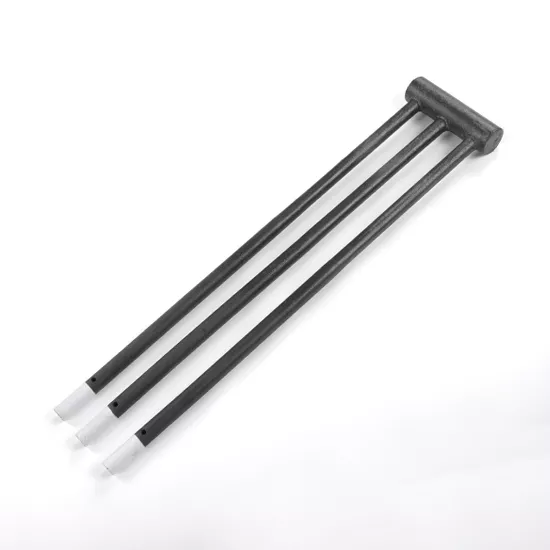
Methods to Extend SiC Heating Element Lifespan
CVSIC SiC heating elements withstand up to 1625°C and heat rapidly, suiting tunnel, roller, and semiconductor kilns. Steam and alkali metals can cause silicidation. U- and W-shapes dominate: U for balanced radiation, W for superior shock resistance.
| Shape | Advantages | Ideal Applications | Lifespan Improvement Example |
| U-Shape | Simple, strong radiation | Ceramic tunnel kilns | 2,000 → 3,500 hours |
| W-Shape | Even heat field, impact-resistant | Semiconductor wafer furnaces | 30% gain |
| Rod | Fast response, precise control | Lab box furnaces | Up to 5,000 hours |
Installation and Maintenance Essentials
- Mount elements vertically to avoid bends. Pre-dry before startup. Cap power at 80% rated and monitor resistance; act if drift exceeds 20%. Clean surfaces gently and quarterly.
- Use protective atmospheres to support oxide layers. Apply infrared imaging for early anomaly detection.
Shape Optimization: Impact and Recommendations
- U- and W-Shapes: Amplify radiation for large-scale continuous kilns. U’s symmetry balances loads, W’s layout distributes heat evenly in roller kilns, and strategic supports (every 50 cm) extend life from 2,000 to 3,500 hours. Shun reducing environments to prevent carburization.
- Straight Rod: Rock-solid for precision in wafer furnaces; vertical setup fights droop, with simulations ensuring hotspot-free performance up to 5,000 hours.
- Multi-Leg: Intricate yet potent for high-output; inspect joint resistances periodically.
Industry- and Application-Specific Tips
- Ceramics (Tunnel Kilns): W-shape SiC thrives in extended runs—add filtration against silicate dust. This counters common “SiC spalling” woes, cutting failures by 30%.
- Semiconductor Diffusion Furnaces: Rod designs pair with chloride checks (<1 ppm) and zoning to ease stresses.
- Metallurgical High-Temp Furnaces: U-shapes shine in oxidizers; neutral gas shifts avert corrosion. In batch boxes, shape tweaks plus ramped heating slash cracking risks.
Shape choices dictate SiC efficiency—smart designs ensure endurance in tough conditions.
As a top China SIC heating element manufacturer, CVISC provides you with high-quality heating elements.
Methods to Extend MoSi2 Heating Element Lifespan
CVSIC MoSi2 heating elements reach 1850°C with unmatched stability for vacuum, atmosphere, and gem synthesis furnaces in powder metallurgy and aerospace. Low-temp oxidation and shocks are key hurdles, with shapes impacting oxidation barriers and stress management.
| Shape | Advantages | Ideal Applications | Lifespan Improvement Example |
| U-Shape | Easy install, steep gradients | Powder metallurgy vacuum furnaces | 1,500 → 2,500 hours |
| W/Multi-Stage | Uniform, shock-resistant | Glass/aerospace high-temp furnaces | 40% gain |
Installation and Maintenance Essentials
- Pre-oxidize gradually at 1000°C for 2 hours to form SiO₂ layers. Use flexible links to dampen vibrations. Minimize low-zone dwell time (<1 hour) and use transformers to stabilize voltage.
- Check the element color monthly and keep the humidity below 5%.
Shape Optimization: Impact and Recommendations
- U-Shape: Versatile for uniform heat in powder vacuum setups. >2 cm spacing averts concentrations—post-oxidation boosts from 1,500 to 2,500 hours. Guard against mechanical nicks.
- L- or Multi-Stage: Fit irregular chambers like melters; multi-stage refines fields via simulations. In gem kilns, tapered ramps curb cracks for a 40% life uplift.
- Complex Shapes: High-output but pricier—routinely verify connections.
Industry- and Application-Specific Tips
- Powder Metallurgy (Vacuum Furnaces): U-shape MoSi₂ shrugs off carbon; maintain >10^{-3} Pa vacuum, clean every 500 hours—simplicity aids upkeep.
- Glass and Gem Kilns: Multi-stage handles nonstop heat; cool slowly (<5°C/min) to tame stresses. Aerospace testers report fewer disruptions.
- Lab High-Temp Furnaces: Rotate U-shapes, log runs; in shuttle batches, shape-temp synergy yields marked extensions.
MoSi2 shapes are a “double-edged sword”—mastering them delivers outstanding ultra-high-temp results.
Universal Best Practices: Integrating Shapes with Strategies
Across types, blend shape tweaks with upkeep for maximum gains:
- Thermal Modeling: Leverage tools like ANSYS to blueprint designs, promoting even flow and cutting hotspots.
- Monitoring and Analytics: Deploy IoT sensors for temp/resistance tracking and proactive alerts—realign at >10% deformation.
- Customization and ROI: Tailor to kilns (W for tunnels, rods for boxes)—upfront costs yield 30% TCO savings. A metallurgy plant slashed yearly outlays via integrated optimizations.
- Operator Training: Equip teams with shape know-how to prevent overloads; semiconductors demand process-matched precision.
- Vendor Selection: Partner with CVSIC or Kanthal for inherent quality assurance.
Conclusion: From Optimization to Sustained Performance
Extending heating element life relies on technical optimization and practical application: incorporate helical configurations for resistance wires, U-shaped designs for SiC, and multi-stage forms for MoSi₂. Data shows these shape strategies can produce 20–50% improvements, maximizing equipment efficiency.
Effective heating element strategies address diverse industry challenges, from contaminant exposure in ceramics to demanding vacuum conditions in metallurgy. For application-specific concerns such as uneven heat distribution or accelerated corrosion, detailed input enables optimized solutions. These investments enhance not just element lifespans but also system productivity and process reliability.

